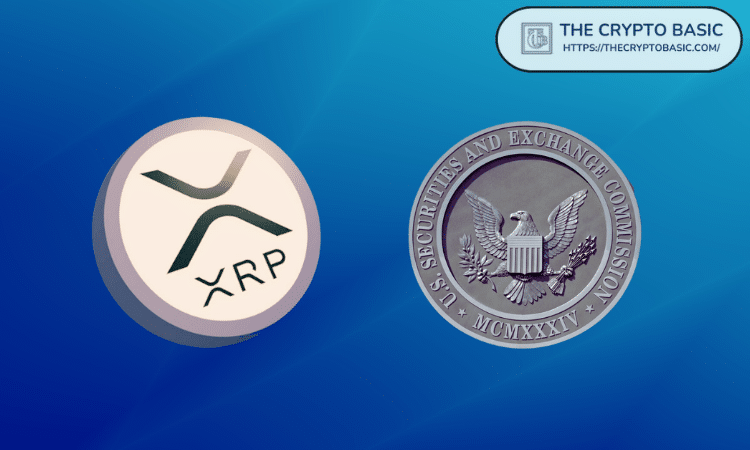Prominent digital asset researcher Anders highlights the major reason why the Securities and Exchange Commission (SEC) chose to go after XRP.
In a startling development, a prominent digital asset researcher, Anders, has taken to X (formerly Twitter) to highlight why the SEC chose to go after XRP.
For context, the SEC, in December 2020, charged Ripple with violating federal laws by selling XRP as an unregistered securities offering.
Following the lawsuit, the crypto community, especially XRP enthusiasts, has been speculating on the primary intent behind the case. The matter recently stirred reactions from XRP supporters after an old X thread from Crypto-Law founder Attorney John Deaton resurfaced.
Deaton Questions Why SEC Chose XRP
In the thread, Deaton raised a series of questions regarding why the SEC chose to go after XRP.
“If the SEC wanted to pick a top 10 Token to go after, why would it choose the much more difficult case?” said Deaton.
WHY DID THE @SECGov CHOOSE #XRP??
If the SEC wanted to pick a top 10 Token to go after why would it choose the much more difficult case?
There’s a legitimate debate over whether today’s #ETH or #XRP (the networks – not token ownership) are more “sufficiently decentralized?”
— John E Deaton (@JohnEDeaton1) January 16, 2022
He compared ETH and XRP early sales, emphasizing that the Ethereum team conducted a “pure ICO” for ETH while Ripple sold XRP without going through the ICO route.
Furthermore, Attorney Deaton highlighted some possible conflicts at the SEC under the administration of former chairman Jay Clayton. One of these conflicts includes the controversies surrounding William Hinman’s 2018 speech, where the former SEC exec declared BTC and ETH as non-securities.
Deaton also mentioned how top officials left the SEC immediately after the Ripple case was filed, raising further questions about the intent.
Ripple’s Use of XRP Attracted SEC
Interestingly, Anders noted that the SEC chose XRP because of how Ripple used XRP in cross-border settlements.
According to Anders, Ripple’s use of XRP destroys “nostro/vostro accounts” and the corresponding banking model. The researcher noted that these banking models have been a huge cash flow for several mega banks.
Because XRP (the way it’s used by Ripple) destroys nostro/vostro accounts & the correspondent banking model, which is a huge cash cow for a few mega banks. pic.twitter.com/fBTbTsJeCB
— Anders ??? (@X__Anderson) October 2, 2023
Notably, Anders attached a screenshot to the tweet, highlighting why traditional financial institutions have kept innovation at a minimum.
The screenshot indicates that cross-border payments are lucrative, with Business-to-Business (B2B) settlements alone raking in over $240 billion in revenue from payments worth $135 trillion.
Ripple’s Cross-border Payments Prowess
It is worth noting that Ripple Labs focuses on blockchain payments, with XRP being at the center. Ripple’s use of XRP in cross-border settlement helps eliminate intermediaries, thus reducing delay and lowering transaction costs.
Several businesses and financial institutions have leveraged Ripple’s solutions for payments, including On-Demand Liquidity (ODL), due to the unlimited advantages associated with XRP.
As reported earlier, Tranglo, a Malaysian-based payments company, enabled businesses to process nearly $1B using ODL. The company noted that the value of its ODL-related transactions surged 1,729% from a mere $52 million to a whopping $970 million.
Notably, ODL leverages XRP as a bridge currency to fiats. The leading blockchain company reiterated XRP use in ODL after a federal court declared the coin as non-security.
DisClamier: This content is informational and should not be considered financial advice. The views expressed in this article may include the author's personal opinions and do not reflect The Crypto Basic opinion. Readers are encouraged to do thorough research before making any investment decisions. The Crypto Basic is not responsible for any financial losses.


